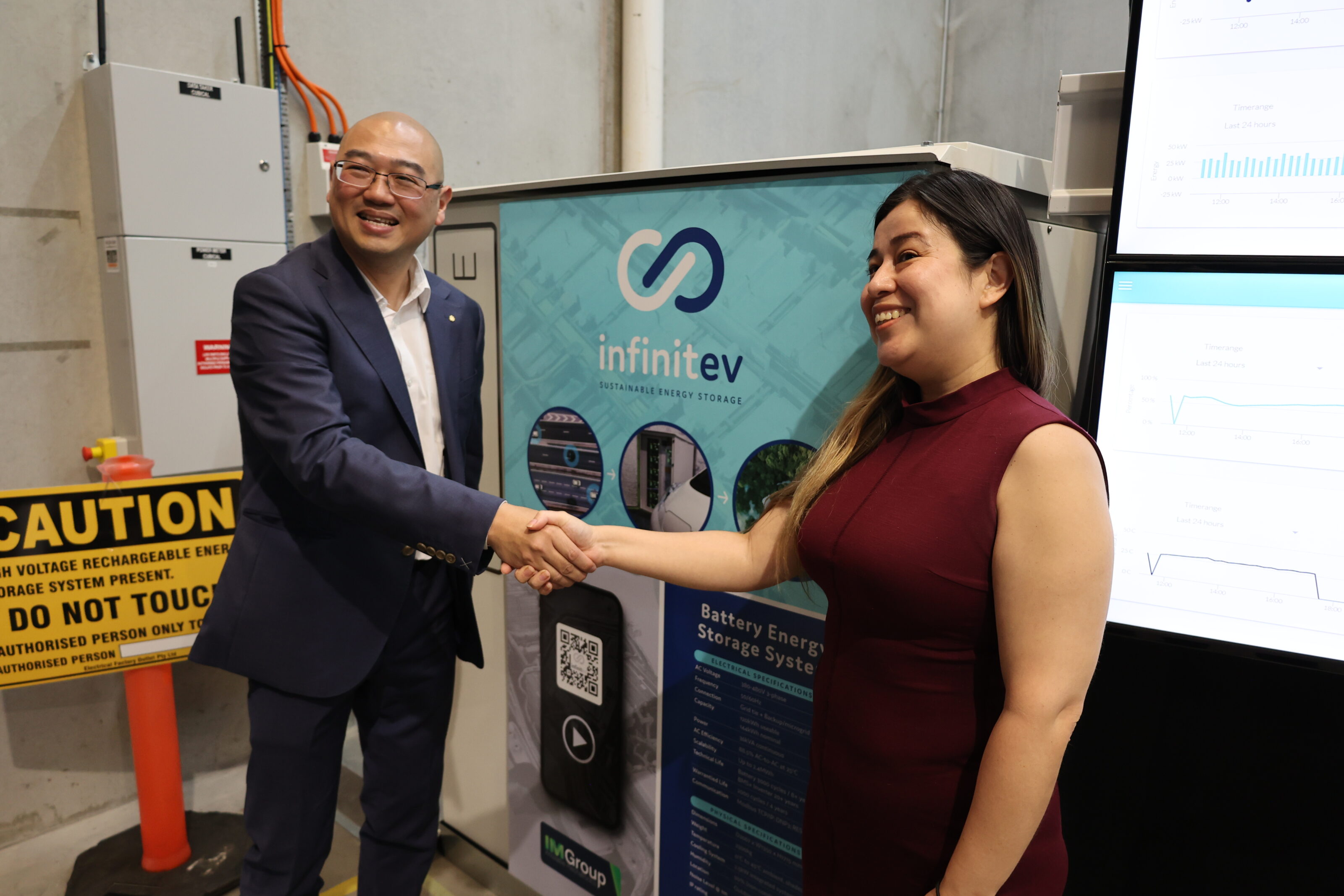
Melbourne-based firm IM Group – owned by GUD Holdings – has launched Infinitev, a service designed to reuse, repurpose or recycle end-of-life hybrid and electric vehicle batteries.
GUD Holdings is the parent company of well-known aftermarket brands in the automotive industry, including Ryco Filters, Wesfil, Narva and its sister IM Group brand, Injectronics.
Infinitev says approximately one per cent of lithium is currently recycled, with most electric vehicle batteries faulting after losing about 20 to 30 per cent of capacity, usually due to an issue with individual cells rather than the whole unit.
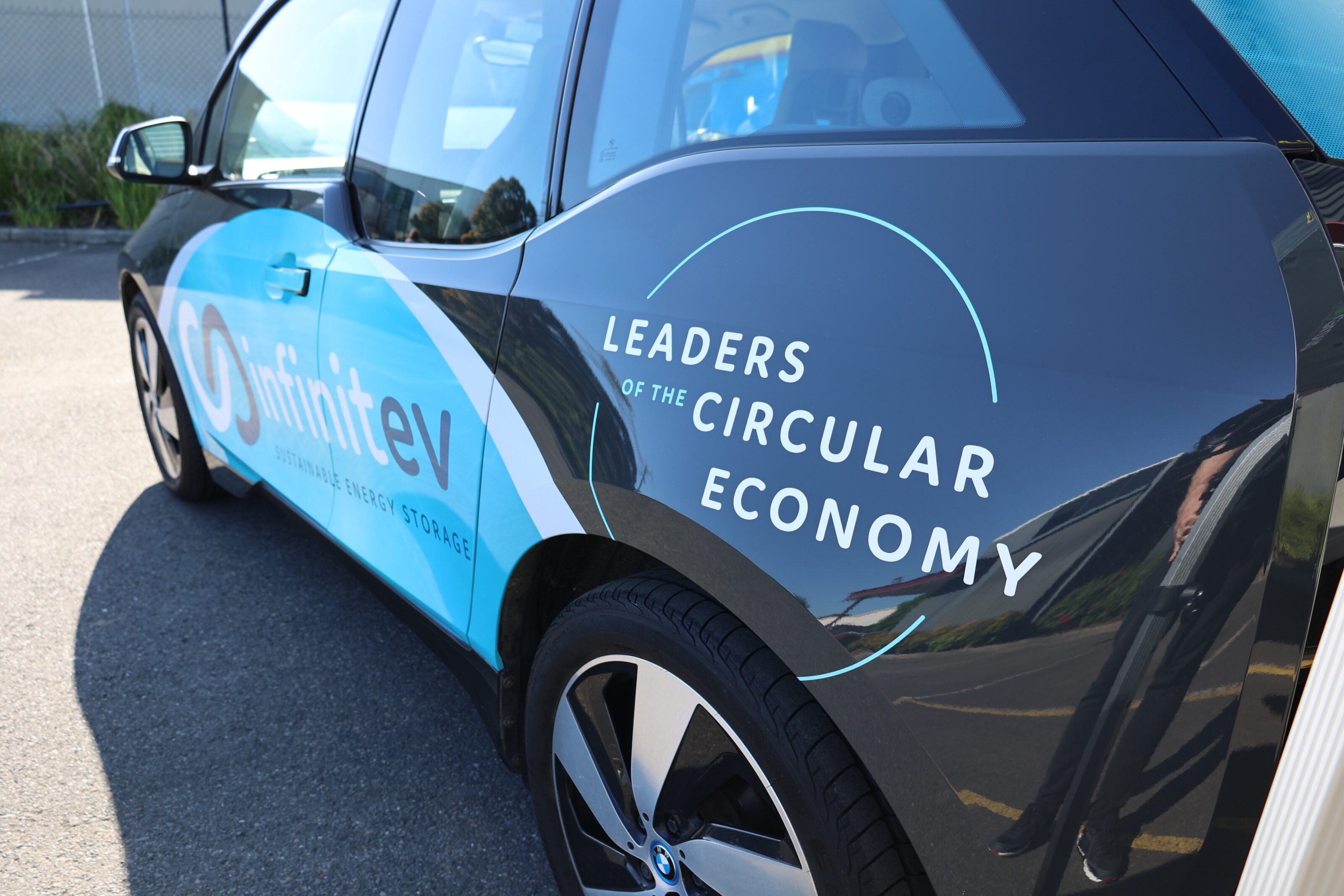
It aims to become a front-runner in the electric vehicle marketplace by providing a ‘circular economy’ to reduce waste.
Following a two-year pilot program assisted by funding from Sustainability Victoria, the company will provide three service programs – reuse, repurpose or recycle – to manufacturers, dealerships and independent workshops by March 2024.
With strong hybrid vehicle adoption in Australia since the launch of the Honda Insight and Toyota Prius two decades ago, Infinitev aims to remanufacture the retired battery packs to provide a second life, if not longer.
To the end of June 2021, Toyota has sold more than 210,817 hybrid vehicles in Australia, with strong demand for electrified powertrains in the RAV4 and Corolla line-up in recent times.
Year to date, more than 71,000 hybrid and plug-in hybrid vehicles – and around 23,800 all-electric cars – have been registered in 2022.
How long do electric car batteries last?
“Workshops are progressively seeing hybrid and electric vehicles arriving for service and repair,” said Infinitev.
While most vehicle manufacturers warrant high-voltage components for eight years, general manager Dickson Leow said the average fail point is between six and eight years.
The reuse program aims to identify and replace the failed components within a battery pack to ensure the battery management system (BMS) is happy once again, with most vehicles registering a fault when the battery health drops below 70 per cent.
“When we say it is 70 per cent, so if you imagine … a battery pack may have about 30 modules, just for example. Now, when the system tells you that you have 70 per cent, it’s essentially a number of those packs have failed,” added Mr Leow.
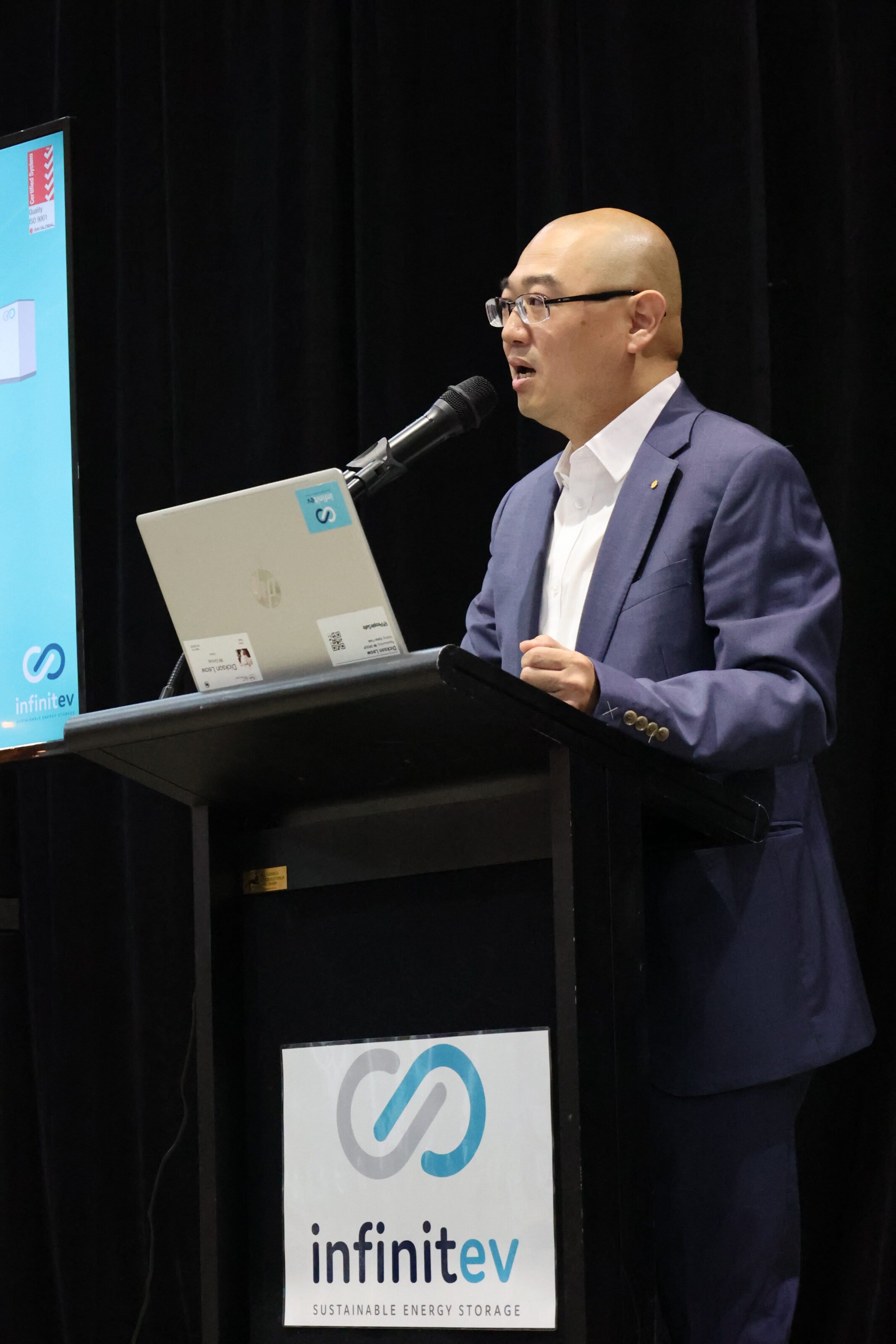
“Thirty per cent of those packs within the modules, if you like, may have failed or [could] be a bit low… and the classification of fail is that they are below the criteria.
“If we take on those packs and we assess them. As I mentioned, we’ll go through our collaboration using our diagnostics, computer algorithms and what have you. We know and can identify which of those modules are under specification. We will replace those modules within the pack.
“And what we do is we will again try to rebalance and reassess them, and to be able to talk to the BMS.”
How much does an electric car battery cost?
As for the cost, it is expected to incur a saving over a replacement OEM battery from a vehicle dealership, with the option between a comparable aftermarket unit or remanufacturing the existing unit.
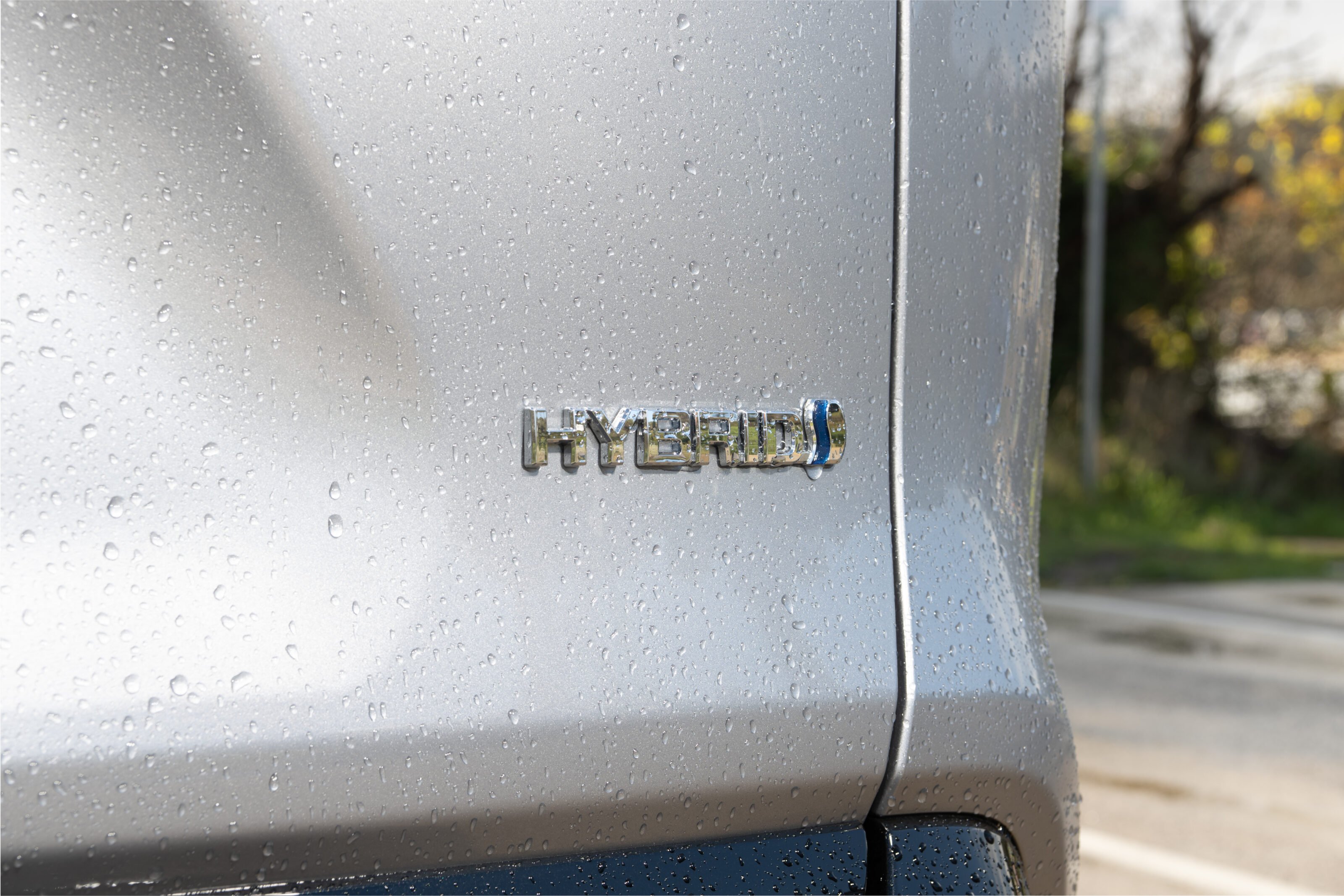
“If you’re a hybrid owner, right? You’ve got your [Prius]… if you go to an OEM for a new battery, it will cost you around $3000 fitted. For us, if you give us a call you’ll be around $2500 fully fitted,” said Mr Leow.
While a brand-new aftermarket battery is covered by a three-year/200,000-kilometre warranty, the remanufactured unit is only covered for 40,000 kilometres.
If a battery is no longer suitable for vehicle application, Infinitev has developed its Battery Energy Storage System – a large 3-phase industrial-grade energy system built from repurposed electric vehicle batteries.
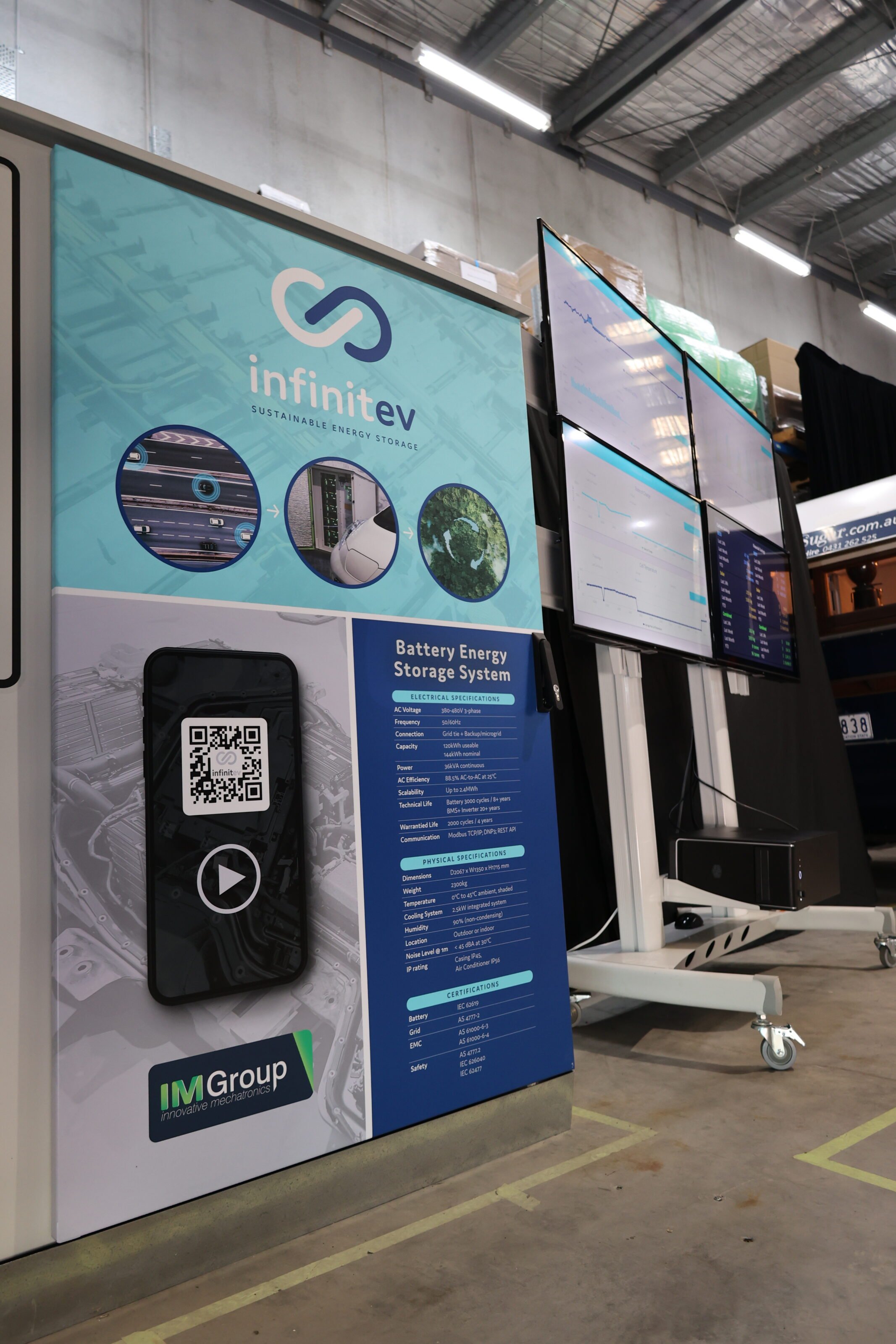
It will support commercial and industrial businesses, with an integrated AC-coupled design with the flexibility to scale between 50kWh – enough to power a household – and 2.4MWh.
With emergency storage, peak shaving and energy arbitrage capabilities, the company says it could save $18,500 per year when coupled with solar power, or $4025 without.
In addition, Infinitev said its energy storage system could theoretically save 48.2 tonnes of carbon dioxide equivalent per year.
If the only option is to ‘discard’ an end-of-life battery, the company will facilitate with its industry partners to recover the valuable materials used to create new batteries, such as lithium, nickel and cobalt.

“The hybrid was growing from… for the first six months for probably about 2-3 units a month and then over the last 18 months we’ve now grown to about 40-50 units a month, and that is expected to grow to about 60-80 units a month,” said Mr Leow.
“This will be very, very similar trajectory… as the uptake of EV comes on.”
IM Group is based in Melbourne’s south-east, with plans to relocate to a new facility as the demand for remanufactured electric vehicle batteries ramps up.
More EV stories to help you choose the best car for your needs
- ? EV news, reviews, advice & guides
- ❓ Short & sweet: Your EV questions answered
- ⚡ New EVs: Everything coming to Australia
- ? Australia’s EVs with the longest driving range
- ⚖️ Best-value EVs by driving range
- ? How much do EVs cost in Australia?
- ? How much more expensive are EVs?
- ⚖️ Number crunching: Is it time to switch to an EV?
- ♻ Should you buy a used EV?
- ?️ Are EVs more expensive to insure?
- ? Costs compared: Charging an EV vs fueling a car
- ? EV charging guide
- ? Are there enough EV chargers in Oz?
- ?? EV servicing explained
- ? EV battery types explained
- ? When do EV batteries need replacing?
- ? Hydrogen v EVs: What’s best for Oz?
- ✋? Mind your manners! EV charging etiquette tips
- ? How sustainable are EVs, really?
MORE advice stories to help you with buying and owning a car
We recommend
-
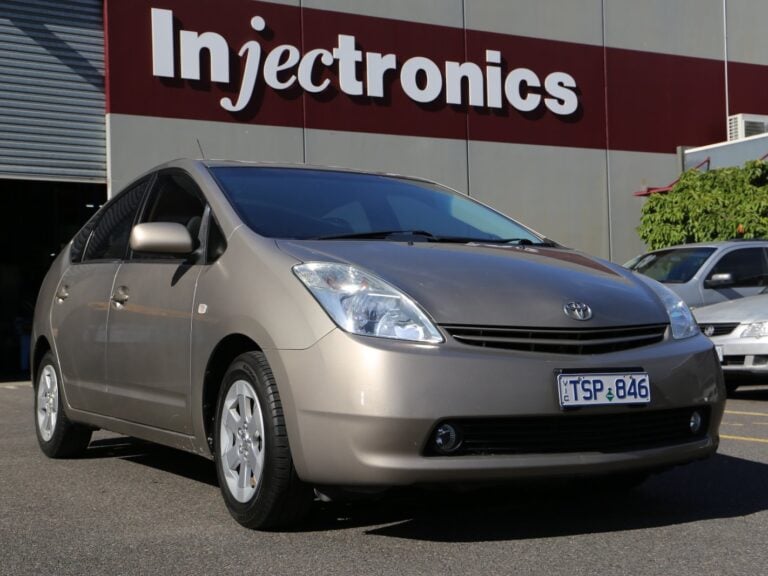 News
NewsInjectronics will save your hybrid’s life
Injectronics hybrid battery exchange saves thousands over OEM component replacement
-
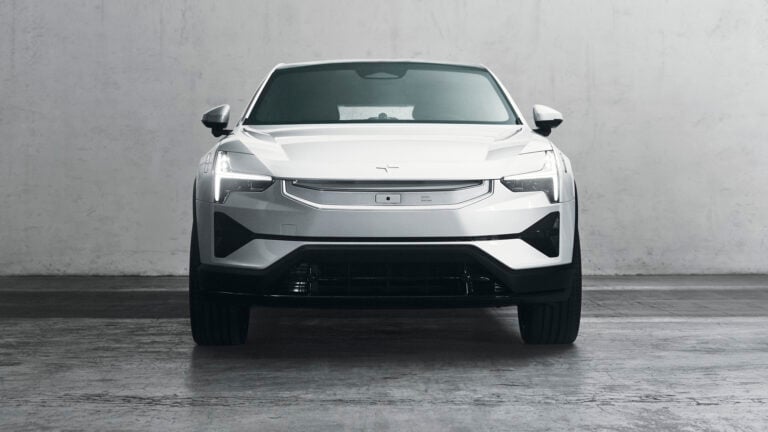 News
NewsPolestar’s sustainability boss on minerals mining and ‘animal welfare’ leather
Just like your phone and your TV, no car on the market today is completely free of carbon emissions or potential ethical issues, but Polestar says it is constantly pushing to reach zero
-
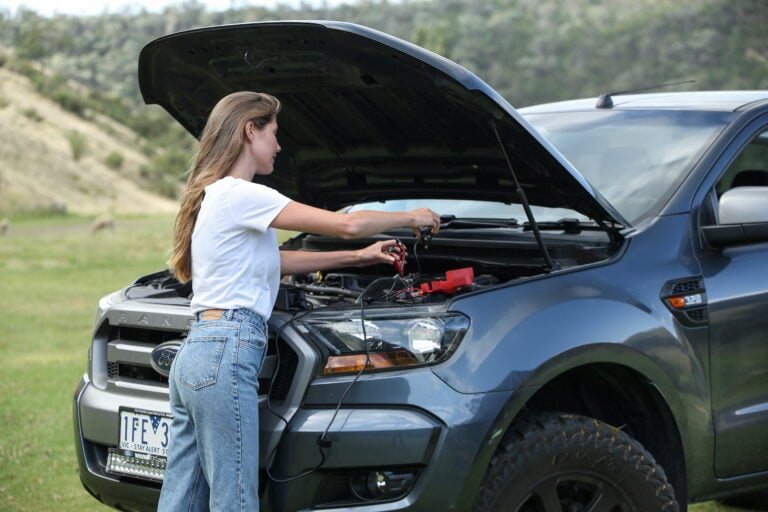 Advice
AdviceHow to keep your car's battery in good health
Not using the car as much? Here's how to keep your battery in tip top shape




